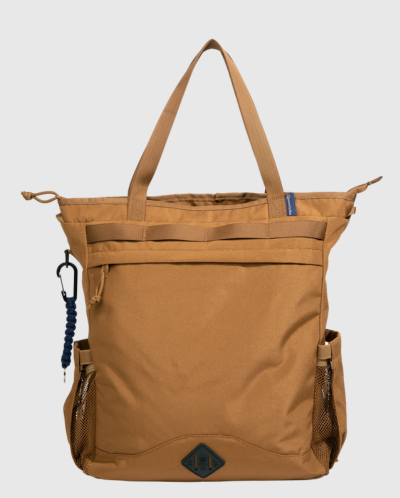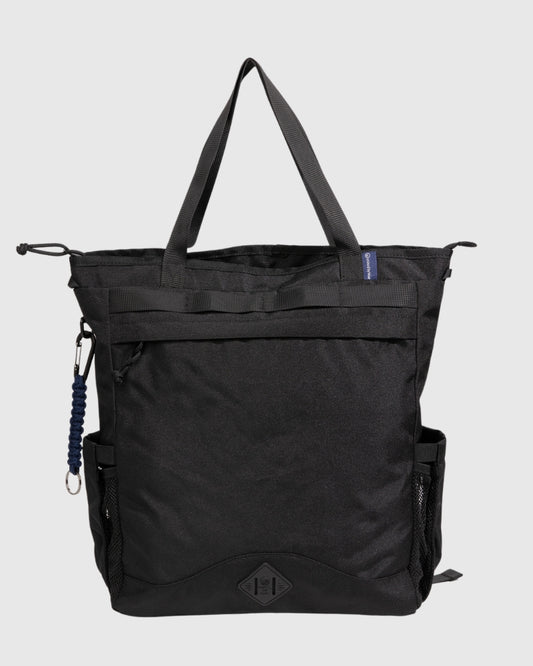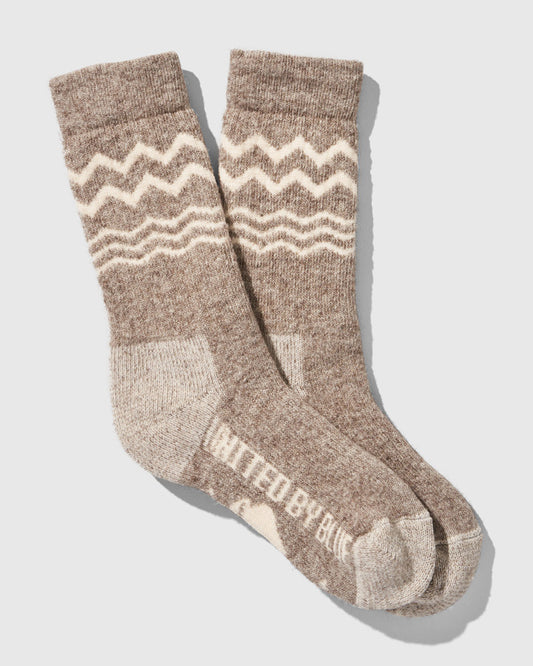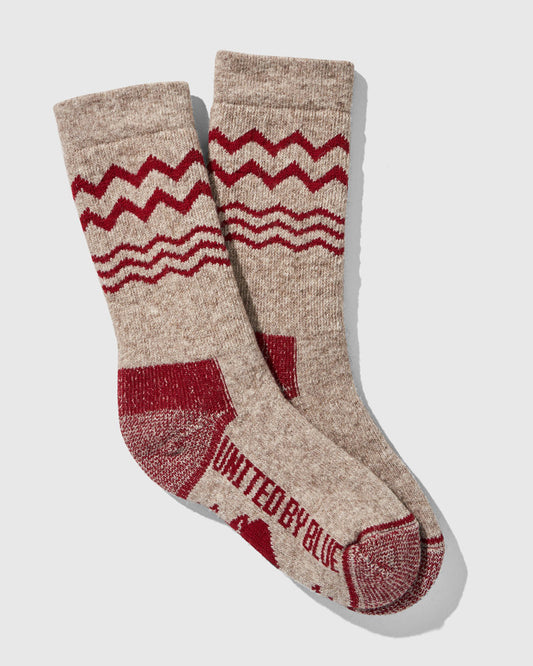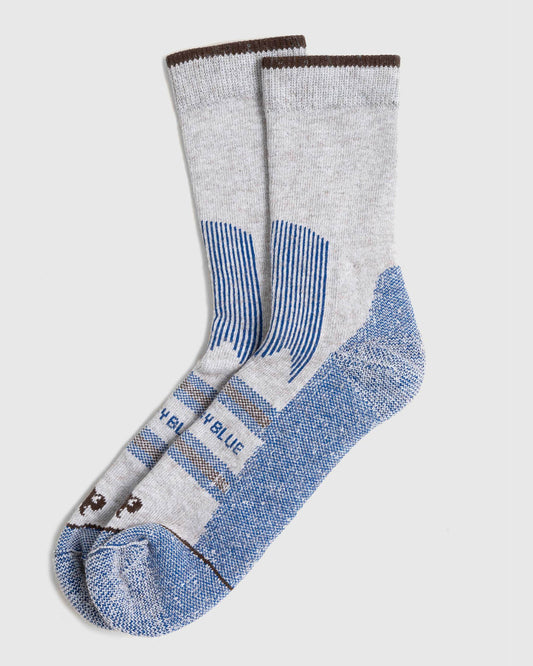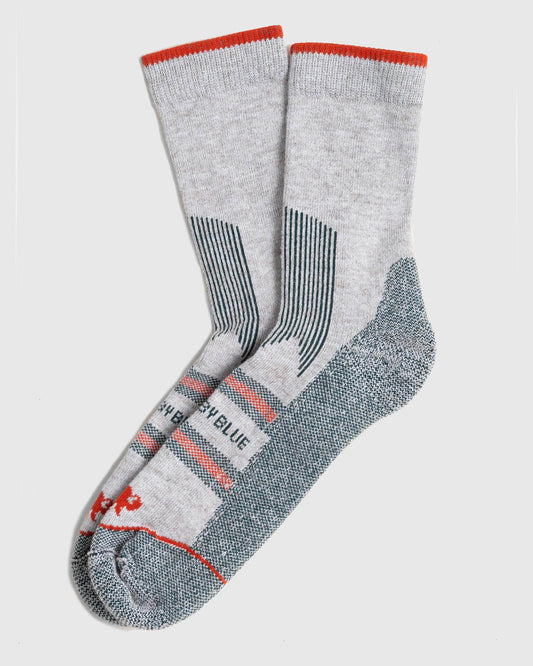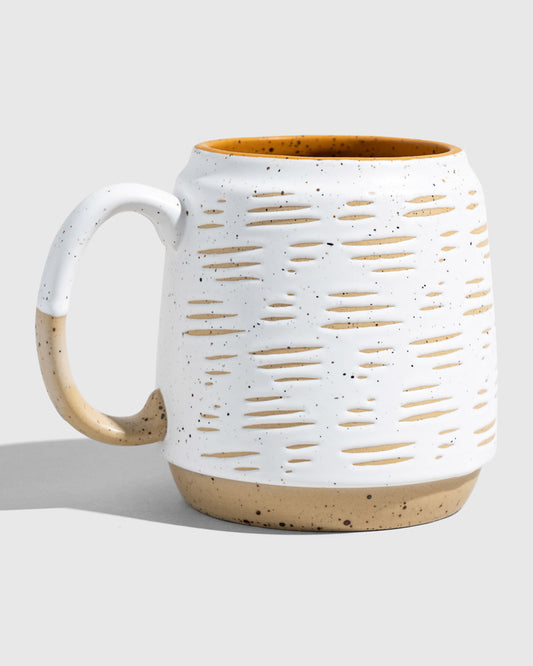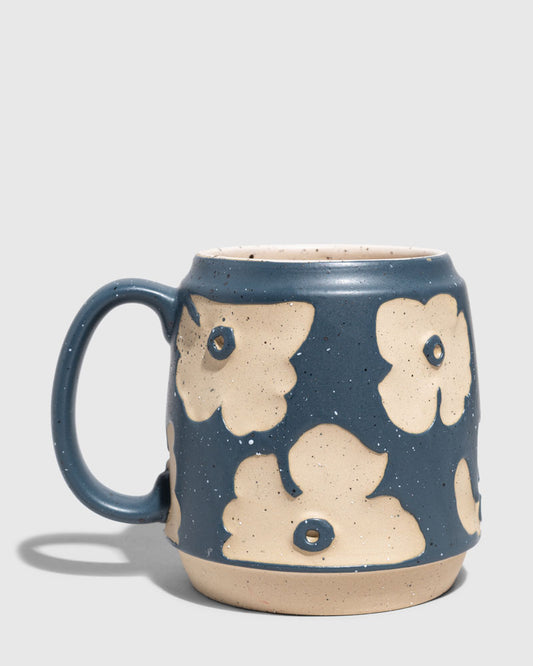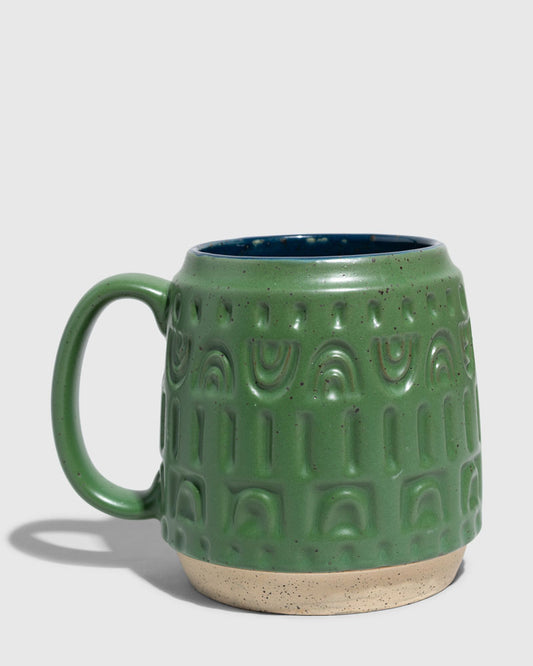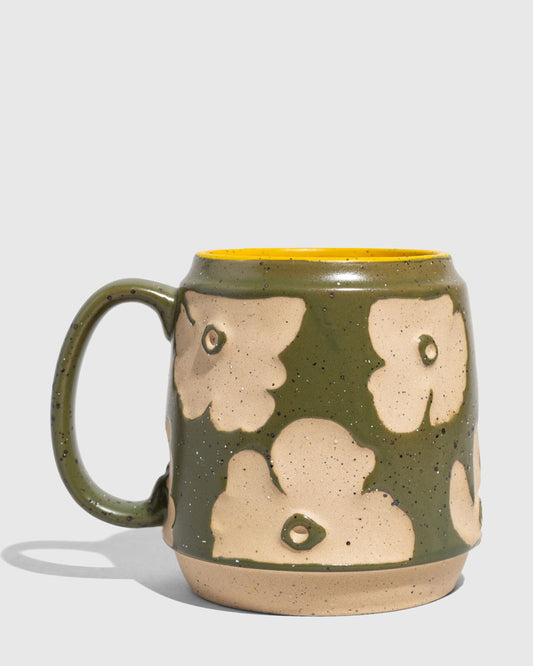


Let’s start at the beginning: how and why was Alice + Whittles born?
I’m actually a lawyer by profession, so it seems like a bit of a leap-of-logic that my husband and I founded this company. We both started our careers at the UN—I was doing public policy at the high commission for refugees, and he was in the field, mostly in Turkey and North Africa. We ended up getting engaged in Tunisia. The civil war in Libya was beginning around that time, and we realized that the issues that led to the revolution, such as mass migration, were largely taking place because of economic impetus. We were working with thousands of people who were crossing borders on a daily basis in search of a safe place to live after these political upheavals. There was so much human ingenuity in the refugee communities, and we had to ask ourselves whether we wanted to continue chasing wars around for the rest of our lives, or if we wanted to participate in a solution by addressing the systems that actually create the inequities that lead to war and unrest.
We said we would leave the UN for some time, and identified an industry with issues that we wanted to address: the garment sector. We realized that we had made educated choices with our careers and the food that we consumed, but we had no idea where our clothes were coming from. Even if we wanted to be conscious about it, we didn’t know where to look. So we left our post, got engaged, took our wedding money and we moved to India for six months.
We decided at that point that we wanted to build a product from the ground up. We were used to being in the trenches and had no interest in sitting in front of computers; we wanted to get out there to actually visit factories and be a part of the system to create change. From there, we’d see if the market wanted what we had to offer.
Our first product was a pair of espadrilles. It was a product that was really resonating in the marketplace, people seemed attracted to them, and we had personally worn them while traveling for six months so we thought, why not? This was also a zero energy consuming pair of footwear which could be traced entirely back to the cotton seed, while also being completely organic, chemical-free, and totally biodegradable. Still to this day, it was probably the most sustainable and socially contributing shoe on the planet. I really mean that when I say it.
So, we ran a Kickstarter and set a target goal for ourselves: $40,000 Canadian dollars. If we could pull that off, we would quit our jobs and commit to this new venture fully. The best case scenario would have been that we’d shoot it out of the park, or we’d fail miserably. But lucky for us, we landed on just $42,000. We made the commitment and started the company!

So how’d you transition from a pair of espadrilles on Kickstarter to a rain boot company?
The espadrilles were our first foray, but they were a nightmare to actually scale. Because we were working in two different countries—rural India for the textiles, and then shipping those textiles to rural France where they were handmade by, like, cute little grandmothers. We had tons of interest, but we decided to pivot so we could actually scale a product line and learn from the mistakes of our first one.
We took a close look at the market again because we didn’t want to create something that people didn’t want or need. For me, the worst thing in the world would be to create a product that gives back, but nobody actually needs in their life. There needs to be an impetus there for use. If people don’t have a true use for it, I’m not going to make it, period. It’s a waste.
After our market research, we realized that there was a real gap in waterproof and outdoor boots that looked really nice. There were a ton of rainboots out there, like Hunter or Igloo, that had a real farm appeal, but didn't really resonate with consumers in cities. So we thought we’d see what we could do with some rubber.
Rubber was a material that we wanted to work with because there are massive benefits. It’s one of the few materials that actually keeps a tree planted firmly in the ground while taking carbon out of the air. Rubber forests are huge carbon sinks, so we decided to begin with that. If we could make a really good product that also looked stylish using this resource, maybe we could replace all of the leather in the market due to its massive environmental footprint. Not to mention, from a humane standpoint, leather was something that we did not believe in. We knew that there were bigger brands out there trailblazing and spending a lot of money to make rain boots fashionable, so we knew we wanted to get in behind them. We believed that we could provide a better alternative to what was currently on the market. So that’s what we did.
The question we posed to ourselves was: how do we build this product in the most sustainable way possible, while having a dramatic impact on a large audience? We found a group of stakeholders who work with hand-tapped rubber communities on the ground. Through these agencies, we paid 3x the premium rate for each kilogram of rubber sourced. That way, we could get it directly from communities whose livelihoods depended fully on the rubber forests.
Naturally, we picked up and moved to Sri Lanka to pursue our rubber venture. We lived in rubber forests and slept on factory floors; it was pretty fun. We worked directly with these rubber communities and connected them with closeby manufacturers. We managed to find this amazing family-run factory in Sri Lanka that had generations of business and talked with them about our values. When we found we could align, off we went into the design phase. It took us about seven months to design the first boot because we wanted the finished product to be clean, minimalistic, lightweight, and comfortable. Once we were ready, we launched in the United States first.
If you’re not committed to picking up and moving to physically get to know real partners, and learn your materials inside and out, it’s going to be hard—especially when you’re working with natural materials. I think from a sustainability perspective, this is truly time worth taking—you need to know your materials. Just like the farm-to-table movement when it comes to food, it’s the farm-to-hanger movement in fashion. Organic matters. Natural matters. How people interact with raw resources really, really matters. It’s a massive driver for migration from rural to urban settings, and the cultural effects that result.
Agriculture is something that’s quite close to us, so we want to trace all of our products back to the source. The challenge is that oftentimes people rely on certifications to do it. However, certifications are not the be all, end all. The world has a lot of very small farms and small manufacturers that can't afford to be certified, but they’re doing exceptional work. They’re doing things in a groundbreaking way, and sometimes even going back to indigenous practices that they used 50-100 years ago. Ultimately, this leaves a much better footprint, socially and environmentally, than certified factories do. Our litmus test is that we go and see if we would work there ourselves—and I mean that in any capacity. When we spent six months in Sri Lanka, we would literally work on the line, making boots with the people making our boots. We spent days doing that, and we said to ourselves, “if this is not the environment that we want to work in, why would we want to work with people who put their staff through that?”
In many ways, the factory that we partner with may not be as efficient as other factories around the world. We make 100 pairs of boots per day, and there are probably factories that produce double that. But, it’s a family. There are grandparents working with their children on the line, and they laugh and have fun. It’s warm and it’s the kind of world that I want to support. It’s not 100% efficient, but that’s okay. I am fine with that. They do great work, they care about the product and quality, and they care about each other. Those are the kinds of partners I want to make.

What’s your take on the current “sustainable products” market now that you’re really in it?
I’m skeptical of the momentum that’s generated by the established brands, because I’m not 100% sure that they have any incentive to fully adopt a more sustainable approach. I think they’ll do lip service and a lot of PR work, but making systemic changes in their operations is a much bigger deal. I’m hopeful, though.
To be honest (and I’m being very candid here) when it comes to the sustainability factor of some of the smaller brands that are coming up, I find it a little boring. I feel the movement is stalling around minimalism and a lot of black and white. I feel like sustainability can be such a serious topic, and people tend to take it so seriously, that it could help to lighten up a bit. I’d love to see brands telling bigger stories, or designing things that are playful and colorful to really put creativity and imagination at the forefront. I think we need to have some fun with it, and I admire brands that are doing that.
 What’s the story behind the name?
What’s the story behind the name?
Whittles is Nick’s mother's maiden name, and they come from a family of Whittlers—or wood carvers.
Alice is a longer story from my side. Nick and I had just gotten engaged and I had to fly home to Toronto and tell my very South-Asian mother that we were planning to leave our UN posts to venture into a world that we knew nothing about, completely unpaid, and taking all of our wedding money to do it. I honestly thought she was going to disown me as her child. I sat her down and told her all of the details, and she just kind of looked at me and then went upstairs. Eventually she came back down holding a binder that was about 5-inches thick. As it turns out, and I didn’t know any of this, my great-great-grandfather, great-grandfather and grandfather were all in the garment business. They owned the factories that made the uniforms for the British Army, and before that, they were the royal tailors for the Maharaja. They were incredibly meticulous when it came to organization, so the binder she handed me was filled with paperwork, and the name on all of the contracts was Alison and Company. The original name was Ali and Son’s Company, but they changed it to Alison during the British colonization of India because it sounded Western. My mother handed me the binder and said, “go forth, it must be in your blood”.
Afterwards, Nick and I talked about the story and we both decided that we wanted to use the name Alison, but Alison and Whittles seemed like too much of a mouthful, so we dropped it down to Alice and Whittles.

How do you see Alice + Whittles evolving?
We’re about to launch a new collection! It’s the next generation of Alice + Whittles and it’s so cool. We’re launching an all-year boot, so you can wear it no matter the season. You can take it out in -20 degree temps in the winter, but you can also wear it when you’re spending time hiking or at the lake in the summer. It’s made from recycled ocean plastic and has an actual rubber sole. We spent a year designing, finding the right materials, and constructing, so it’s going to be a boot that every person will need to have in their wardrobe for the next 10 years.
We’re going to stay firmly a sustainable, outdoor footwear brand, and I don’t want to expand beyond that. I think being a brand that does something exceptionally well is better than a brand that does everything okay. I don’t want to be everything. We move around the world to research and we take every element so seriously, so we just wouldn’t have the capacity to do that with five different categories. We will keep growing and pushing the boundaries in every aspect of our footwear, not just from a sustainability angle, but also from the fit and what customers are asking for. We want to really listen to women, design for their needs and likes, and create a boot that, even if it wasn’t sustainable, would be an amazing, kick-ass shoe. And by the way, we also happen to be a company run by two humanitarians that are only in it to actually change the world for the better.



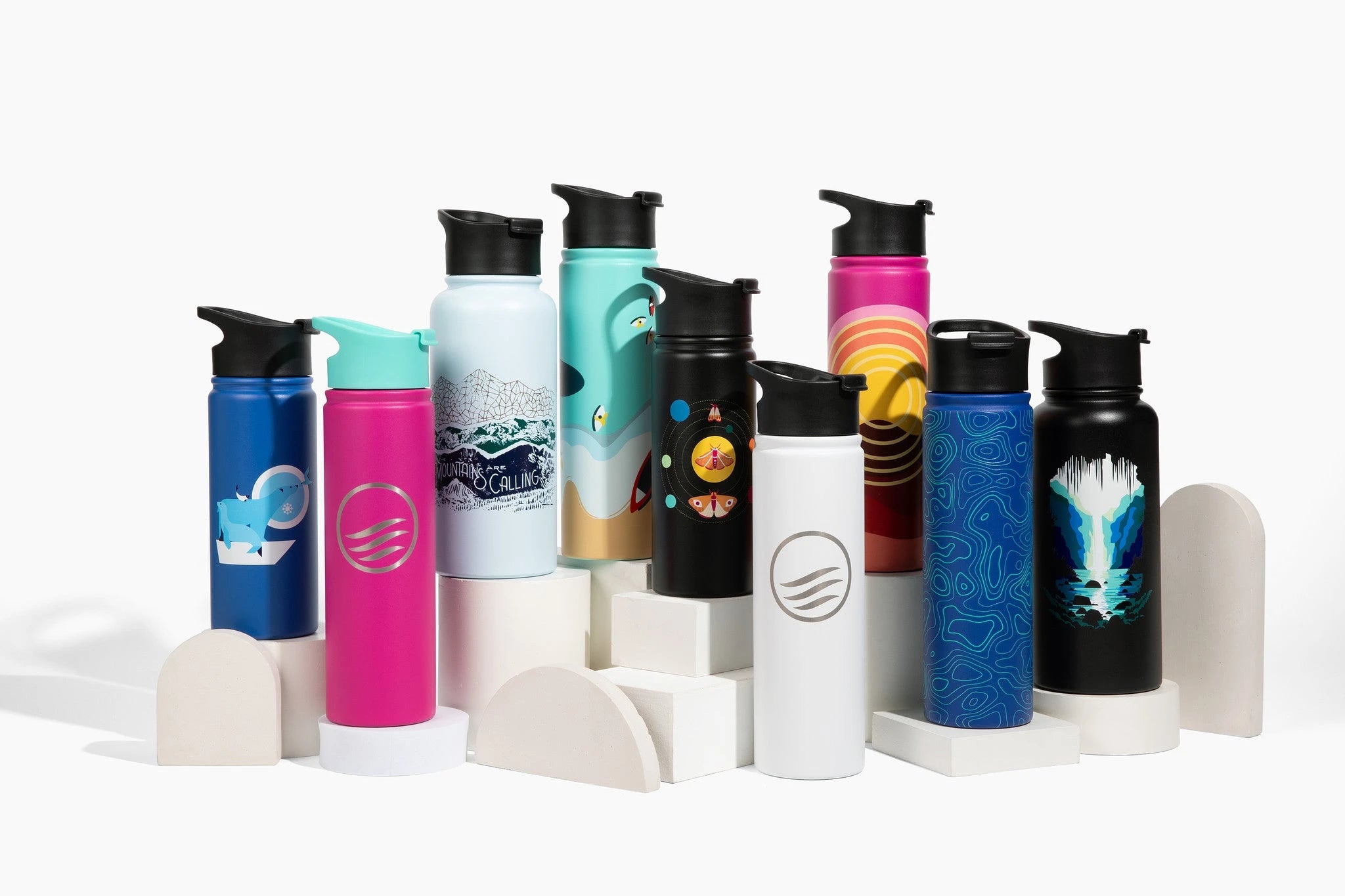
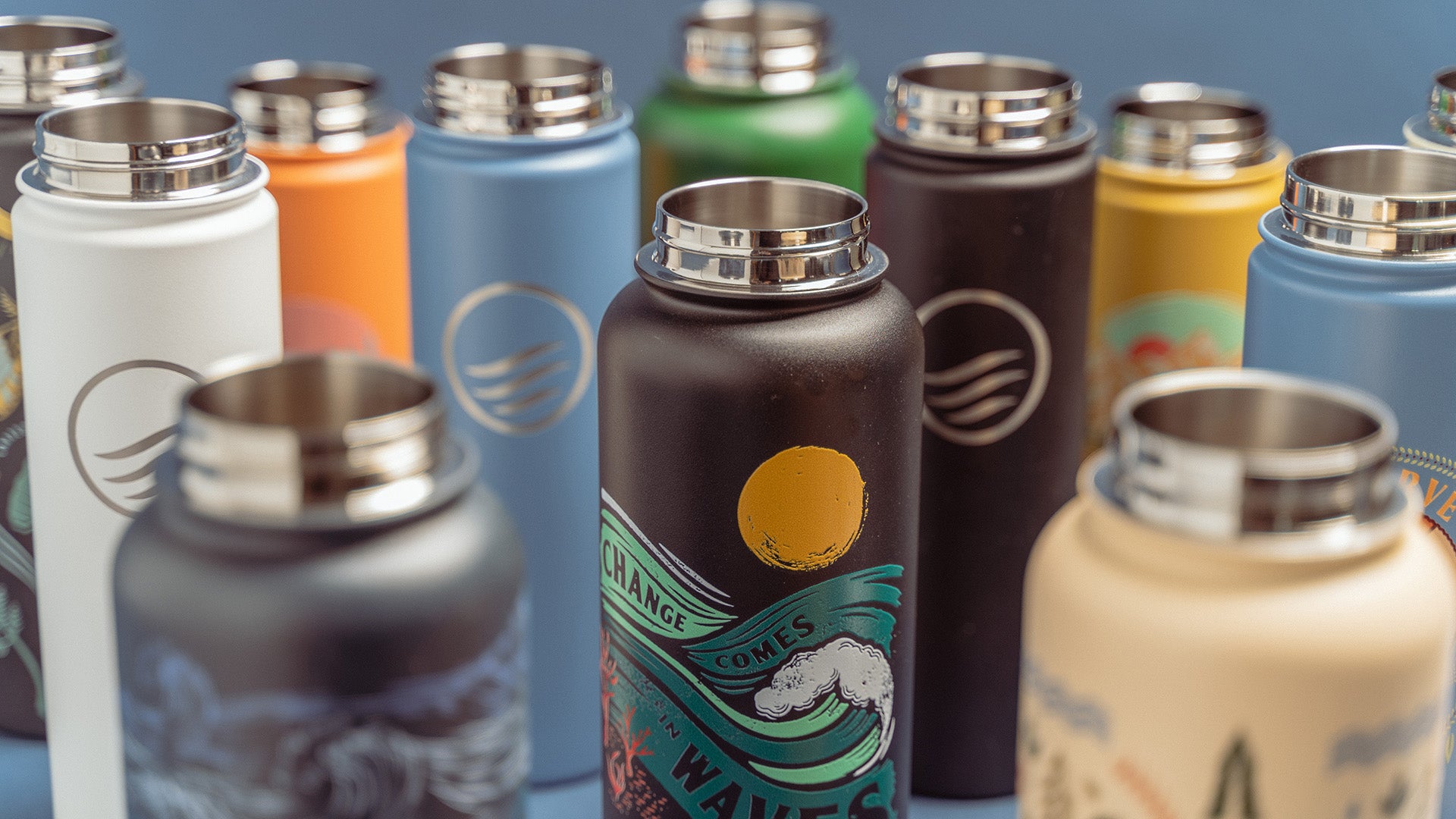
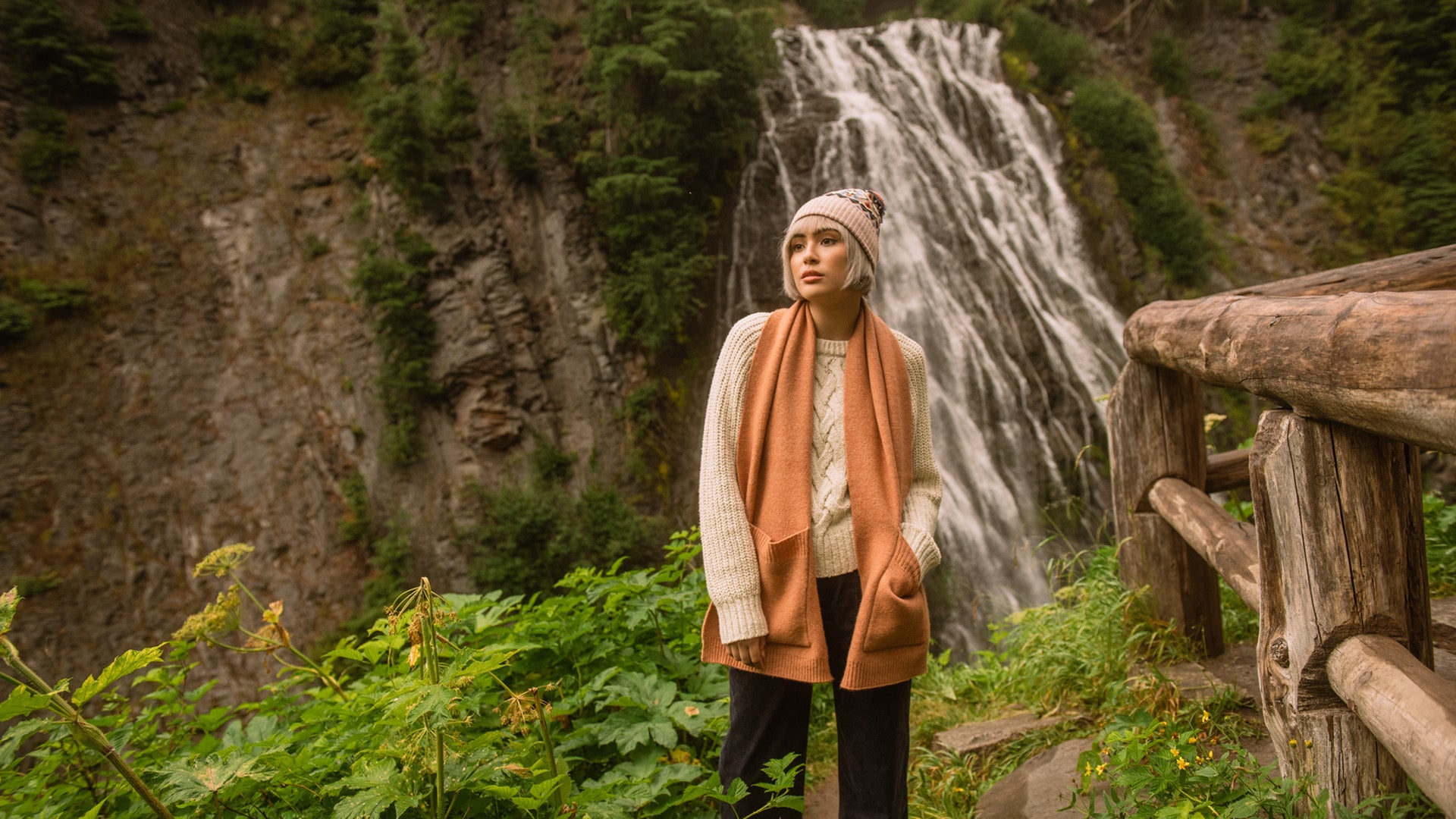
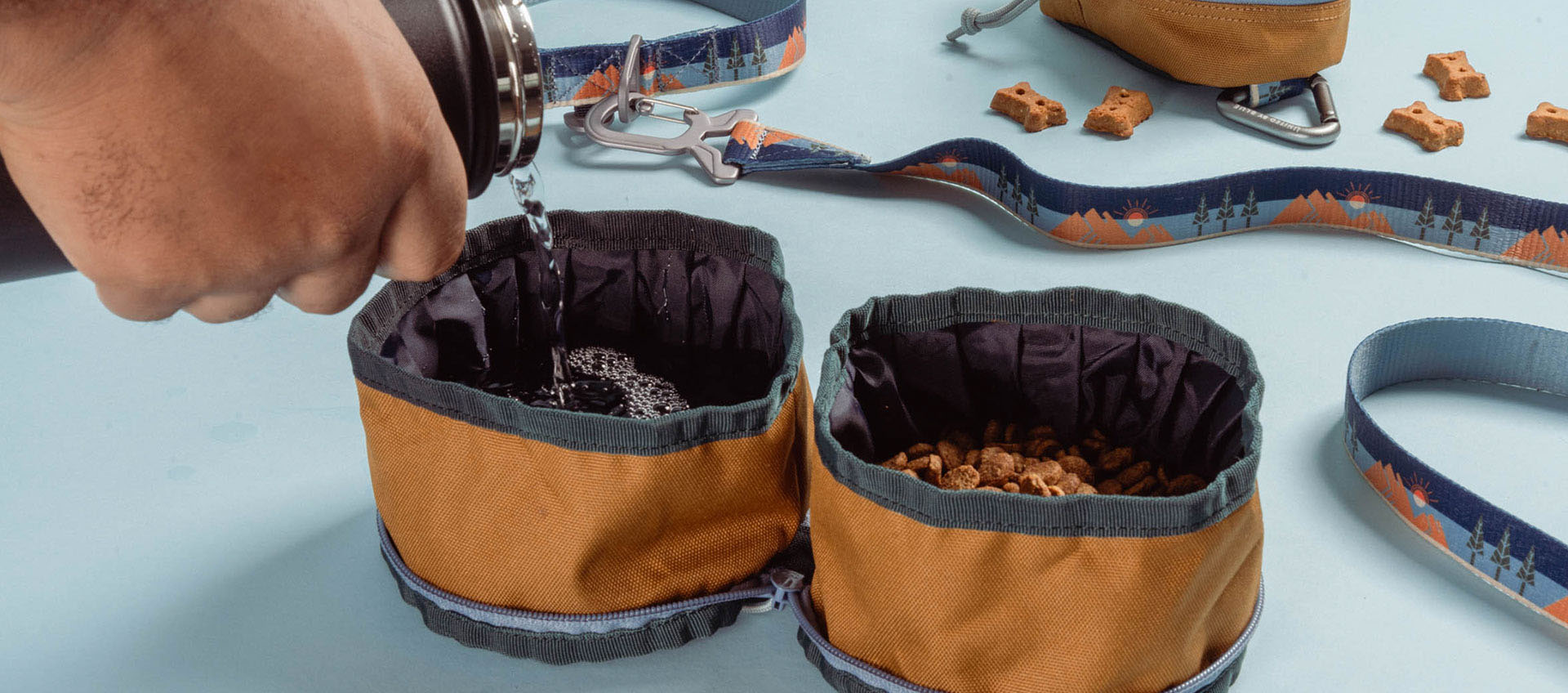

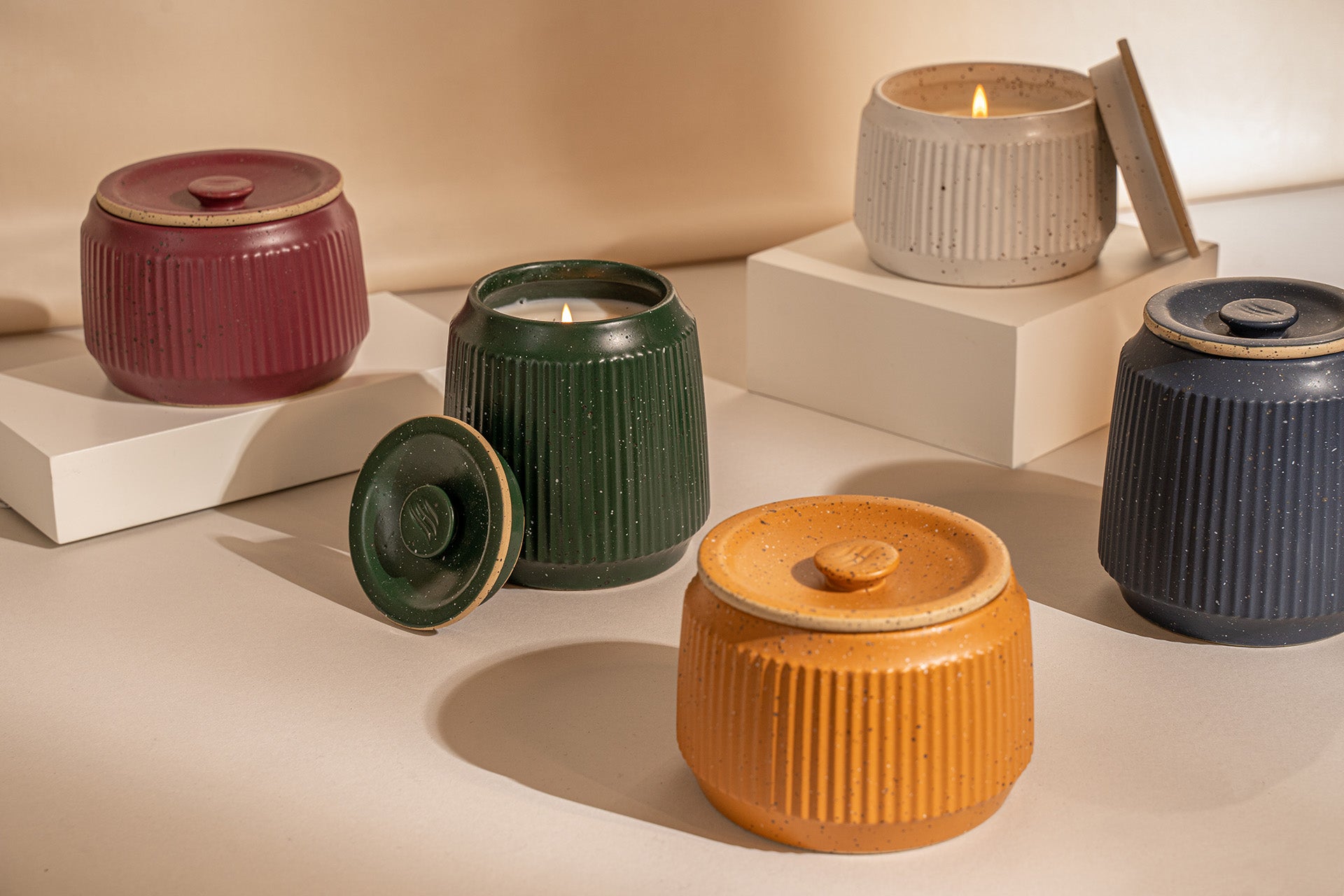

 What’s the story behind the name?
What’s the story behind the name? 

